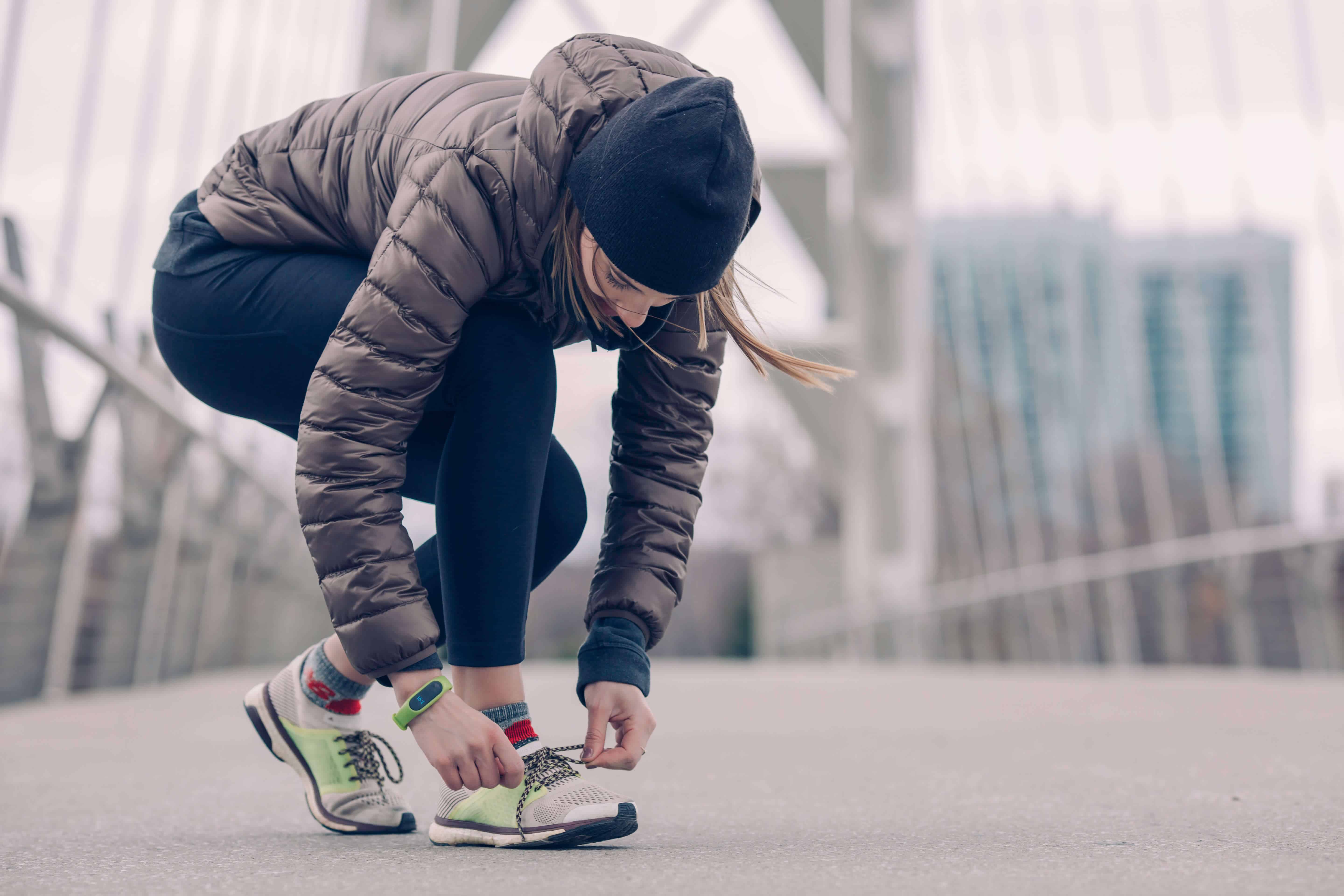The Importance of Exercise in a Program of Recovery
I was faced with a dichotomy at two years sober: while feeling such freedom from my addiction, I was desperately unhappy with my body and how it made me feel. I was 150 pounds overweight and crippled by exhaustion, lethargy, anxiety, and depression. I couldn’t understand how I could undertake the exceedingly difficult task of getting sober, but couldn’t get a handle on my binge eating. No one told me what was happening in my body or that it was normal. I had no idea that there was a way to manage my recovery in a holistic sense; that I could harness the power of food and exercise to enhance my experience of recovery.
How I wish I had known then what I know now.

I also realize that I couldn’t have tackled everything at once. I have found the process of recovery to be a continuous shedding the external things that keep me from my healthiest self—mentally, emotionally, and physically. First, drugs and alcohol, then cigarettes, then the oldest beast of all: food.
I have had a disordered relationship with food from being a young child. I was only seven years old when I discovered food as a source of comfort. I recall not going to school, citing a phantom headache and stomachache. Once alone, I would sneak into the kitchen and cook up anything I could–bread, cheese, pasta. Eating provided me with a sense of escape, it filled a void that existed in my life for as long as I can remember. For that moment, I wasn’t aware of my low mood, feeling sad or depressed. I chased that feeling of escapism for the rest of my life with food, drugs, and alcohol. I fell into a cycle of what could be called anorexia and latterly bulimia.
When I found recovery, my relationship continued to be disordered. I’d made a conscious decision that purging was self-harm, yet I was still harming myself with binging unhealthy foods. I ate a high carbohydrate diet, full of processed foods. I felt physically, mentally, and emotionally terrible. I was exhausted.
As with any process of shedding what no longer serves us, you have to reach a place of saturation—a place where the pain is enough to tip the scales from harmful behaviors toward helpful ones that are in alignment with living well. I reached that place at two years sober. Miserable, heavy, and sick of acting on addictive behaviors, I reached a place of surrender.
I did the same thing I did when I decided to get help with my addiction: I asked for help. I worked one-on-one with a health coach for a year. I know this is not possible for everyone, which is why I have made it my mission to write about how to live well in recovery. In this post, I write about the power of exercise and how to easily incorporate it into your life.
Today, exercising is a fundamental part of my recovery program. Exercise is so powerful that when used in the first few weeks of recovery, it can help cushion the negative effects of stopping using. I have found the benefits to be immensely powerful in enhancing my recovery. The best of all has been the improvement in my mood because it releases feel-good hormones which alleviate anxiety, stress, and depression. This is exactly what I was seeking in drugs, except this time it is natural and healthy.
Second, exercise can help you lose weight. Not only will it burn calories, but It can help to suppress your appetite. I credit my weight loss largely due to exercise. Combined with realigning my diet, I lost nearly 60 pounds.
Third, exercise promotes better and deeper sleep. I feel so much better after a good sleep. My mood is more stable, I’m less cranky, and I make better food choices.
Health-wise, exercise can improve health conditions, such as high cholesterol, and it can reduce the risk of cardiovascular disease and diabetes. It increases energy through the oxygenation of the cardiovascular system, which can also lead to increased muscle strength.
I have never really been excited about exercise. Its mere suggestion by my coach was daunting—I may have rolled my eyes. I had never really enjoyed sports at school and I only went to the gym to earn calories to drink. I knew when I embarked on the journey towards health and wellness that I would need to form habits that were realistic, sustainable and easy to incorporate into my life.
Here are the steps I took:
- I bought a pedometer and began walking 10,000 steps a day—which made it more of a challenge and less of a chore. I sought ways to increase steps, like walking to work, or taking a walk at lunch time.
- I bought a bike and gave up my bus pass. Cycling became my primary mode of transport. Exercise then had a purpose: it wasn’t to get fit, it was to get me from a to b.
- I set myself a challenge of running 5k. Even though I hadn’t run since school, I jumped at this challenge. I was less focused on it being exercise and more on getting to the next 1k—it literally switched off my chattering brain. Before I knew it, I’d run 5k. Running became my biggest stress reliever too; I cannot explain the feeling I get from the endorphins generated by running.
- I found a yoga class that I enjoy: yin or restorative yoga which is blissful. It calms my body in a way that I sought with other substances.
- I discovered that I love lifting heavy weights. Not only is it another great stress reliever, it is a great challenge. I hadn’t quite released my strength either—that in itself is really empowering!
Being able to undertake these activities in a challenging way, made exercise enjoyable. I just needed to change my perspective from it being a chore to being a challenge and having a purpose. My biggest tip, though, is to start small: ask yourself which of these activities can you easily do now. You don’t need to do them all at once, build changes slowly and over time. Then they are sustainable and long-lasting—the sure way to successful change.
About the Author



